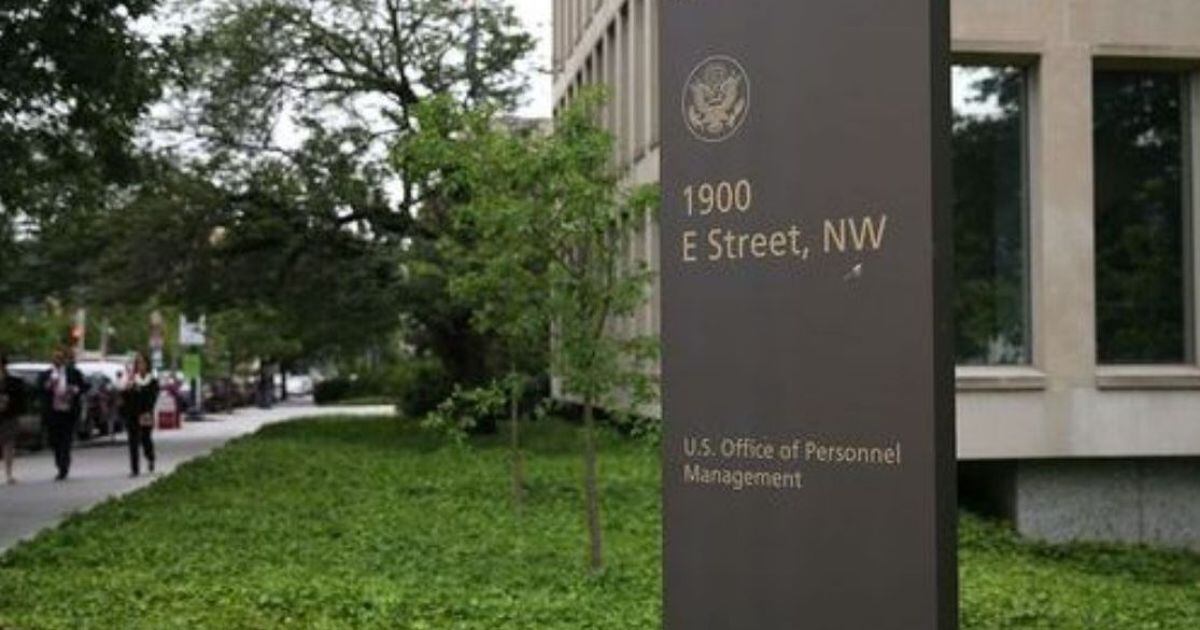To help stimulate hiring and aid retention, the government’s HR agency wants to lift restrictions on relocation and recruitment bonuses for federal employees.
The draft rule, proposed by the Office of Personnel Management on Nov. 15 and open for feedback until mid-January, would expand agencies’ in-house authority to waive certain caps on recruitment incentives without waiting for OPM’s go-ahead.
RELATED

If approved, employees working in-demand jobs, like cyber or healthcare, could be eligible for pay boosts of up to 50% of their annual salary multiplied by the number of years in service. The current cap is 25%, with increases beyond that subject to OPM approval.
“This will allow agencies to move more quickly in hiring new employees and relocating those who are moving into positions that are likely to be difficult to fill,” according to the rule’s stated rationale. “Also, with increases in the number of retirement-eligible employees, recruiting early career and experienced talent to the federal workforce is a high priority.”
Even with the increased threshold, additional pay may not exceed one’s salary during a required service period of up to four years.
“Therefore, the total incentive paid under a waiver continues to be limited to 100% of the employee’s annual basic pay, but the incentive may be paid over two years rather than four years,” according to the rule.
In addition, the regulation would remove the six-month service period requirement for recruitment incentives.
While rules for retention incentives are not affected by the proposed changes, others could be in line for increased use by federal offices. In any case, OPM has said that such tools are one of many ways the federal government is trying to tackle its pay disparity problem that often leads to certain types of jobs being difficult to fill because of private sector competition.
There are currently more than 10,000 public sector openings awaiting applicants on USAJobs, the government’s primary online job board.
Fewer bonuses being paid
Still, the use of recruitment, relocation and retention incentives varies from one agency to the next, according to OPM’s report to Congress in 2009, the last year for which such reporting was required. The majority of 51 agencies queried in the report did not use such bonuses, the report continued. At the time, the departments of Defense and Veterans Affairs were the largest users.
Since 2008, OPM says it has approved 15 recruitment incentive waivers for six agencies and 11 relocation incentive waivers for four.
The agency did not say in the rule whether the changes would likely contribute to an uptick in the use of waivers, though that could be a byproduct of streamlining the process for doing so. A 2017 Government Accountability Office report noted that approvals for 3Rs incentive waivers generally took about one-and-a-half months since 2009.
In any case, the overall criteria for waiver approval is not changing, so agencies would still have to meet the minimum standards of determining whether exceptions can be made.
RELATED

Agencies may also have budget restraints to contend with. Ultimately, these benefits come out of discretionary funds, which may fluctuate when Congress, as it did this year, begins the fiscal year on a continuing resolution.
Employees can take incentives as a lump sum at the beginning or end of their service, as an installment plan during their service, or as a combination of the two.
Molly Weisner is a staff reporter for Federal Times where she covers labor, policy and contracting pertaining to the government workforce. She made previous stops at USA Today and McClatchy as a digital producer, and worked at The New York Times as a copy editor. Molly majored in journalism at the University of North Carolina at Chapel Hill.





